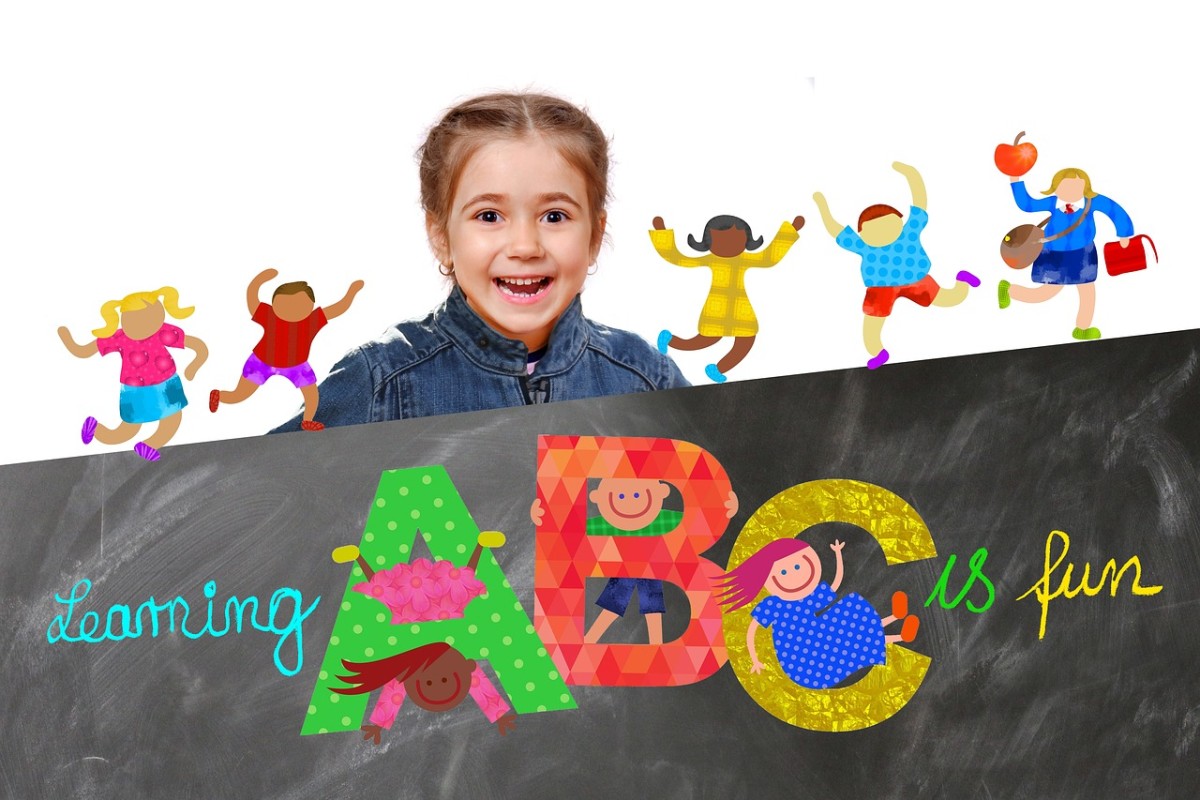5 Things to Look for in a Preschool
Make Preschool Hunting Easier
Choosing the first school to take care of your child's first exposure to the outside world, in this case a preschool -- may seem like a daunting task for young parents who want nothing but the best for their child. To make that task less challenging, read on and take note of these 5 important tips to help you make that wise choice.
1. Decide on which approach to education
There are many different so-called approaches to preschool education. While some parents may not have any idea on the distinctions, it is good to have some basic information on the subject. This background info will be a good foundation in helping you choose your child's future preschool.
Just to brush up on the distinctions of the different approaches to education, check this out:
Academic/Traditional, also known as the Pre-K approach versus the Developmental approach
Traditional of Academic Preschool Approach
The Academic approach, or what is often known as the Traditional method (Pre-K) is the most familiar since this is the traditional way of teaching we are most familiar with and has been taught with. Most of us young parents were taught under this approach in both the public and private educational systems.
Under the traditional method, a child would likely spend considerable school time on core activities such as pre-reading, writing and other ABCs of learning. They must also concentrate on a few core subject areas such as math, reading, science, writing and social studies.
In the traditional classroom, the teacher becomes the central source of information, hence, the reason why it is also called teacher-centered education. The students are become the receivers of the knowledge and information from the teacher.
Traditional schools are the most commonly used approach in the public school systems and therefore they are widespread in use among many schools all over the Philippines.
Developmental Approach
Under the developmental approach to education, there is a strong emphasis on the development of the emotional and social formation of the child. It means that how the child learns, the factors which makes him learn, change with their age and social experience. The approach is a result of Piaget’s theory of cognitive development.
This approach proposes that young learners, for instance, those in preschool should engage in more active processes of learning by being part of a group rather than subjecting them to passive and repetitive learning activities. They should be allowed to learn about things by actively investigating and participating in a phenomena whether inside the classroom or in an outdoor setting.
Under a developmental approach, school activities often include development of other soft or social skills with other children. In some countries, the developmental approach has taken different forms and these are just some of them: Montessori, Progressive, Reggio Emilia approach and many others.
These two approaches are just the two most basic and there are variations to them but for now, a basic knowledge on them will help young parents best decide on the type of school they want to choose for their preschoolers.
2. Create a short list of schools within your vicinity
When you have chosen the educational approach that suits your needs, it is now time to make a short list of preschools within your area that use this method of educational instruction.
There is a wealth of online resources to help you narrow down this list. Do online research, ask for friends' feedback and recommendations, visit online forums to get a bird's eye view about any particular school you might be interested in. There are many parent forums online to obtain feedback on most of the preschools that suit your needs in your area. All these will help you come up with the draft school listing which you can narrow down later on.
Here are the important factors you may now consider to help you make the list smaller. Narrow them down based on other equally important factors such as quality of teaching, qualification of the teachers, distance or accessibility and tuition rates,
3. Gather information about the schools in your narrowed down list.
After shortlisting the preschools, do a background research on each of them. These information can be obtained easily online. Get important details such as the contact person, contact numbers, facilities, etc.
It is important to take note of student-teacher ratio as this indicate the level of involvement and attention your child will get from the school teaching staff. The lesser the number of preschoolers per teacher, the better for their learning. This factor may not be so important at first glance but it is very crucial to take it into account.
4. Making that initial school visit
Schedule a tour or visit to the preschools in your narrowed down list. This is a very important step that you should not skip as it will provide the actual experience and feel of how the school is run, the atmosphere, the location, and all other things you might not see presented in the school's website or social media. With this school visit, you will now get an actual glimpse off these plus more. A school tour will help you check out and meet the head of the school, the staff, school facilities and will provide the whole picture to help you arrive at that decision.
If the school allows trial sit-ins, make sure to take advantage of that. Arrange a schedule to bring your child so he or she can take part in an active class for a session. Most schools have trial sit-ins schedules for potential students to give the parents a direct experience on how things go on a normal school day.
Questions You Need To Ask
While you’re at it, list down observations, ask as many questions like;
- Is the school equipment and facilities new or old?
- Do they present a safety risks to a small child?
- Is the school gated to ensure that the children are kept safe?
- Does the school have a security guard at all times?
- Is the building new or old, or with the necessary fire safety exits or equipment?
- Is the building earthquake proof and is the staff well-trained in case of such emergencies?
- Are the teachers and staff friendlyand helpful?
5. Think it over before making the final choice
Before making the final decision, make time to review and rethink about your choice because you might have missed out some details in the first instance.
You might have made a tour of a particular school and was impressed with it but do not make the decision right there and then.
You should make your choice freely and independently after weighing down the pros and cons of a particular preschool.
Simply tell the school staff that you need time before deciding. However, if you are convinced right there that the school does not measure up to your expectations, you can always be honest and tell them directly that you need to look over other schools.
Tips on Getting Your Child Ready for Preschool
© 2010 Shan Moore








